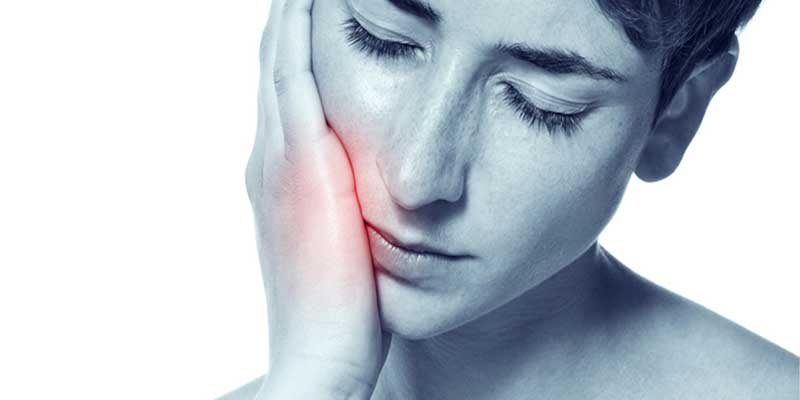Dental Trauma in Los Angeles
Accidents and dental traumas happen unexpectedly, and knowing what to do when one occurs and getting treated by a licensed doctor/dentist can mean the difference between between healing your dental trauma emergency and making your condition worse. There are some things you can do at home before you come in for your emergency appointment. But always call us to make your dental emergency appointment first!
Chipped or Broken Tooth
Save any pieces. Rinse the mouth using warm water; rinse any broken pieces. If there’s bleeding, apply a piece of gauze to the area for about 10 minutes or until the bleeding stops. Apply a cold compress to the outside of the mouth, cheek, or lip near the broken/chipped tooth to keep any swelling down and relieve pain. See your dentist as soon as possible.
Dislodged Tooth
Retrieve the tooth, hold it by the crown (the part that is usually exposed in the mouth), and rinse off the tooth root with water if it’s dirty. Do not scrub it or remove any attached tissue fragments. If possible, try to put the tooth back in place. Make sure it’s facing the right way. Never force it into the socket. If it’s not possible to reinsert the tooth in the socket, put the tooth in a small container of milk (or cup of water with a pinch of table salt, if milk is not available), or a product containing cell growth medium, such as Save-a-Tooth. In all cases, call or come in to see us as quickly as possible. Dislodged or knocked-out teeth have the highest chances of being saved if they are returned to their socket within 1 hour of being knocked out.


Partially Dislodged Tooth
Call or come in to see us right away. Until you reach our emergency dentist office, to relieve pain, apply a cold compress to the outside of the mouth or cheek in the affected area. Take an over-the-counter pain reliever (such as Tylenol or Advil) if needed.
Soft Tissue Injury
Injuries to the soft tissues, which include the tongue, cheeks, gums, and lips, can result in bleeding. To control the bleeding, rinse your mouth with a mild salt water solution. Use a moistened piece of gauze or tea bag to apply pressure to the bleeding area and hold in place for 15 to 20 minutes. To both control bleeding and relieve pain, hold a cold compress to the outside of the mouth or cheek in the affected area for 5 to 10 minutes.
In case of any of these dental trauma emergencies, if the pain or bleeding do not stop soon and you cannot come to see your dental emergency dentist at River Dentistry right away, go to a hospital emergency room, where they can address bleeding and pain until you can be seen and treated by your emergency dentist. Continue to apply pressure on the bleeding site with the gauze until you can be seen and treated by a doctor.




